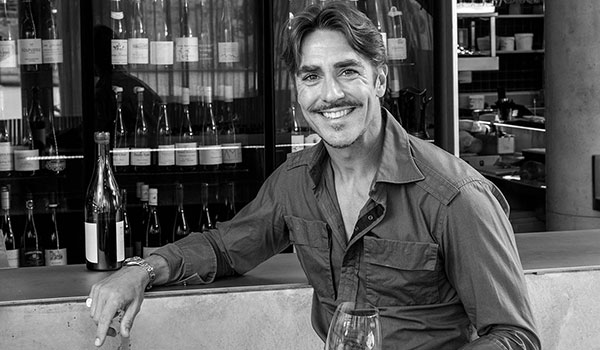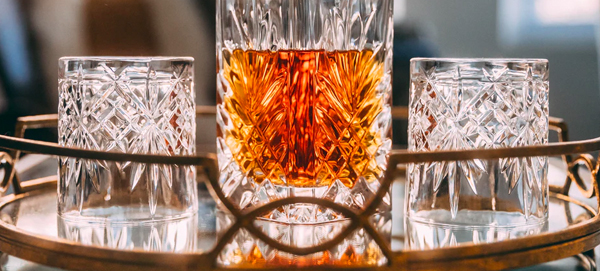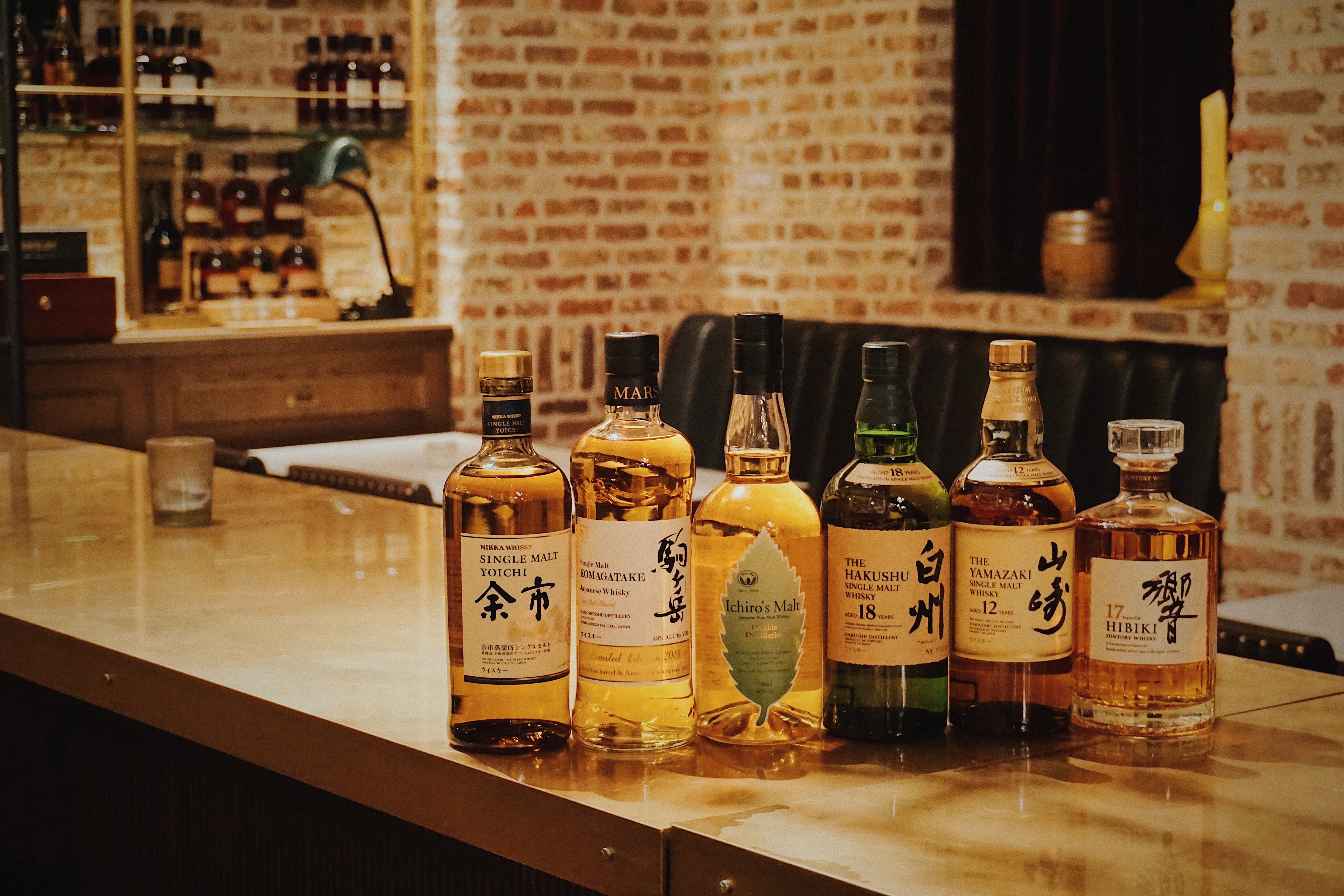Iconic Japanese Whisky with Ned Goodwin MW
Iconic Japanese Whisky with Ned Goodwin MW
Writing for Langton’s, Ned Goodwin MW–a resident of Tokyo for many years–shares his thoughts on Japanese Whisky, its reflection artisanal culture, and how provenance is revered. He looks at two rare and iconic Suntory Whiskies Hibiki 30-year-old and the award-winning iconoclast Hakushu 25-year-old.

Writing for Langton’s, Ned Goodwin MW–a resident of Tokyo for many years–shares his thoughts Japanese Whisky, its reflection artisanal culture, and how provenance is revered. He looks at two rare and iconic Suntory Whiskies Hibiki 30-year-old and the award-winning iconoclast Hakushu 25-year-old.
Scotland may boast a longer history of crafting Whisky and many more distilleries than Japan, yet the Japanese have become a formidable competitor in the fine Whisky market. In many instances, top Whiskies from the likes of Suntory’s Hibiki and Hakushu have transcended previously defined apogees of complexity, innovative production techniques, scant availability and fealty to style, materials and location.
It is this ilk of quintessential Japanese Whisky that our buying team at Langton’s seeks.
On the odd occasion, our networks yield a small cache unprecedented in the Australian market, such as our recent acquisition of two sublime, long-aged unicorns. These are two of the very greatest Whiskies available. Period.
The first, the compelling Hibiki 30-year-old, a multitudinous blend of great complexity.
The second, the rarest of iconoclasts, Hakushu Single Malt 25-year-old. A Whisky that ‘has been in absurdly high demand for many years’, according to Forbes magazine.

Japanese Whiskies evince an authority due to critical acclaim, unparalleled global interest and soaring pricing at the world’s top auctions from New York and London, to Hong Kong, the latter the world’s most dynamic for spirits and wine alike with annual earnings exceeding the totals of the other two combined. Sales of Japanese Whisky are integral to this nexus.
There are a number of reasons for the category’s inexorable rise that incorporate salient technical, stylistic and volumetric differences between Scotch and Japanese idioms. While these factors help explain the extreme rarity of top Japanese bottlings and the secure long-term investments that they have become, my experience as a long-term Tokyo resident suggests that as much, the appeal of Japanese Whisky lies in the confluence of Japanese aesthetics, artisanship and an obsession with minutiae, a platform for finesse and inimitability.
Firstly, it is important to note that the Japanese do not swap or share Whisky stocks across distilleries. This means that all blending agents are produced in-house by each maker, defined by blending plans. This unique dynamic is founded on a Japanese obsession with provenance: fidelity to place, self-sufficiency and bespoke attention to detail, unparalleled elsewhere, that mark the style of each producer.
Ideologically appealing as a means to craft unique and highly innovative expressions, such an insular, albeit highly artisanal approach, has put great pressure on the supply of dutifully aged stock, particularly to smaller international markets including Australia. This has driven prices up while consolidating the veracity of these Whiskies as long-term investments on the international stage.
Other factors differentiating Scotch and Japanese Whisky include the magnitude of different yeast strains used by the Japanese to impart complexity, some proprietary by name (Suntoryeus lactobacillus, for example); low-pressure distillation due to pervasive mountainous terrain and high altitudes, meaning lower boiling points and smooth, refined mouthfeels; along with the general lack of peated styles defied by the iconoclastic Hakushu 25-year-old, among very few others.

The winner of the coveted World’s Best Single Malt at the World Whisky Awards, Hakushu 25-year-old single malt boasts complex riffs of rancio, toffee and nutmeg, juxtaposed with bittersweet chords of rhubarb and raspberry, the peaty smokiness imparting poise and an uncanny creaminess akin to top-drawer toro. This Whisky has received wide praise from aficionados including Jim Murray, arguably the most influential commentator on Whisky. Murray called it a ‘malt which is impossible not to be blown away by’.
Meanwhile, Suntory’s Hibiki is an example of a production line that has made the internal decision to restrict allocations and in some cases, to cull availability of certain Whiskies altogether due to the limited availability of mature stocks in the short term. This smacks of integrity, serving to protect brand equity but also the reputation of Japanese Whisky per se.
Hibiki 30-year-old is a meld of grain and malt Whiskies aged for 30 years on average. Much of the blend is far older. 30 different malts are employed across Suntory’s sources, in excess of which 50% is single malt. The apotheosis of elegance and torque, it draws its own line of Bourbon honeycomb scents broadly across the palate, gaining its awards at the International Spirits Challenge in 2004, 2006 and 2008. Hibiki 30-year-old also won the prestigious title of ‘World’s Best Blended Whisky’ at the World Whiskies Award in both 2007 and 2008.
As much a celebration of artisanal grandeur as an admission of rarity, there are a mere two bottles of each Whisky in our coffers.
Kanpai!